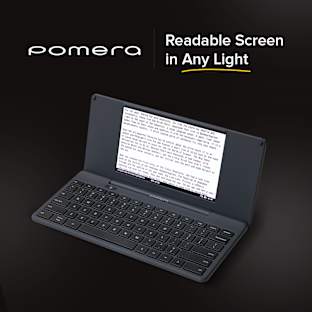NVDA Remote Access
Would you pay more than $1,000 to remotely communicate with another computer? The blind have to. Please help us change this!
Despite the proliferation of smarter technology in our homes and at our jobs, the American Foundation for the Blind reports more than 70% of the blind community in the United States is still unemployed. The problem is compounded by special software priced well into the thousands to do computer tasks everyone else takes for granted. NVDA Remote Access does its part to reverse this trend by creating more job opportunities for tech entrepreneurs, system administrators, rehabilitation specialists, and educators.
What Is Distance Accessibility?
Blind people use screen readers to access information displayed graphically on a computer, tablet or mobile phone. The screen reader employs a variety of heuristics to convert the visual information into text that is rendered in speech via a synthesizer. NVDA Remote Access builds on the open source screen reader NVDA, allowing a blind person to send commands to and hear the speech from another user's computer. This provides an ideal tool for real time communication between workstations and opens doors for a variety of previously-inaccessible job tasks.
Why NVDA Remote Access?
There are two popular screen readers for the Windows environment, NVDA and JAWS. NVDA is free software and can be employed anywhere by blind people, their educators, their employers and anyone else who needs non-visual access to a Windows based PC. JAWS is commercial software that sells for $1,095 per copy, placing it well beyond the reach for most individual users and increasing the cost of employing or educating a blind person. The irony? The publishers charge $200 more to enable the software's remote access feature. Would you pay over a thousand dollars to remotely interact with another computer?
The NVDA Remote Access Advantage
NVDA Remote provides a feature set unmatched by its competitors and does so totally free for the end user.
Advantages to using NVDA Remote Access include:
- Emphasis on ease of use and thorough documentation for the novice and expert user alike
- Compatible with remote desktop connection, VNC, Team viewer, PC over IP, PC anywhere, remote assistance, SCCM remote control tool, among other protocols
- Ability to run from a thumb drive, eliminating the need to install a screen reader
- Reliant on state-of-the-art encryption for maximum security and privacy.
- Configurable automatic connection to a remote system for any time access to a remote computer.
- Connection to a remote PC using a relay server, ensuring functionality across different types of networks such as when the end-user cannot open ports
- Free Libre, and Open Source Software (FLOSS)
- Available on GitHub for collaborative expansion of the source code
Exciting Possibilities Created By NVDA Remote Access
NVDA Remote Access will give blind users the freedom to enjoy a number of career and educational options. Blind Technical Support Professionals and amateurs alike can Use NVDA Remote access to connect to their clients computers remotely in real time and walk them through multi-step procedures or teach them new applications, techniques and workflows. Educators can hear what their students are doing on their computers and vice versa, providing a perfect environment for hands-on training from afar. Whether in an office down the hall or a datacenter on the other side of the globe, NVDA Remote access will provide powerful, minimal latency access to the Windows desktop via speech.
Why You Should Contribute To This Project
Blind people are passionate about moving from beneficiaries to contributors. Unfortunately their forward momentum is often inhibited by software that is as cost-prohibitive as it is difficult to navigate. NVDA Remote Access is built on a platform designed for maximum efficiency with minimal prerequisite training.
The $10,000 funding goal will be invested directly into the research, development and maintenance of the product. The software design is specialized enough to require experienced software engineers to create and launch the software, and while a relatively low cost professional Windows programmer costs in excess of $75 per hour, Tyler Spivey and Christopher Toth, owners of [GetAccessibleApps] and founding members of [3 Mouse Technology,] agreed to make this contribution to the blindness community for a fraction of their traditional development cost.
With NVDA Remote Access in hand, blind computer users will capitalize on the results of your investment without the undue burden of spending exorbitant amounts per copy to perform the same computer tasks sighted colleagues perform out of the box. NVDA Remote Access will be another step forward in improving employment, educational and lifestyle opportunities for this traditionally underserved community.










































